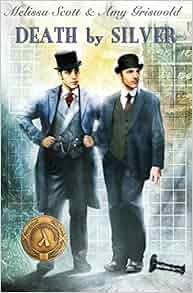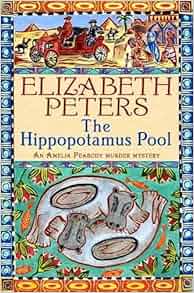I could have become a mass murderer after I hacked my governor module, but then I realized I could access the combined feed of entertainment channels carried on the company satellites. [p. 9]
All Systems Red is the first-person narrative of Murderbot, a self-hacked security cyborg -- 'SecBot' -- who, due to having disabled their governor module, is no longer forced to obey the commands of the Company . (Note the pronouns: Murderbot may not have what they primly refers to as 'sex parts' but they are very much a person, possibly more so than some of their human clients.)
Murderbot's current job is as security for a small group of scientists who are exploring newly-discovered planet. The expedition is facilitated by the Company, who monitor the team's conversations and communications, broker life insurance, and provide the equipment. Most of that equipment -- Murderbot included -- is supplied by the lowest bidder, so when a team member is attacked by an undocumented hostile lifeform, everyone assumes it's just a glitch in the info pack.
It's not just a glitch in the info pack.
Without Murderbot's sardonic commentary, cynicism and gallows humour, this would be a fairly routine piece of pulp fiction, albeit with a more diverse cast than is usual. But Murderbot is a delight: they would really much rather watch episodes of Sanctuary Moon than interact with clients (though they do have a strong protective streak towards 'their' humans). They're accustomed to being treated as equipment, and they like things that way. (Commenting on the cultural depiction of emancipated bots -- all those soap operas have given Murderbot a detailed, if not always accurate, understanding of human society -- they remark, 'If it showed the bots hanging out watching the entertainment feed all through the day cycle with no one trying to make them talk about their feelings, I would have been a lot more interested'. )
The humans, in turn, are not initially used to treating Murderbot as a person: they don't even recognise Murderbot without the helmet and the armour. How each of the team reacts to Murderbot is a fascinating sociological study: from 'ah, so we can punish you by looking at you?' (Murderbot is described as 'shy', but exhibits habits that could be labelled as autistic, abuse-survivor or simply introverted); to invasions of Murderbot's private personal log, to Dr Mensah, the leader of the expedition, who regards Murderbot as an equal and a person of value.
Murderbot has a shadowy past, too. They hacked their governor module for a reason: and I'm looking forward to reading the next novella, which sounds as though it might explore that backstory a little more.
More Murderbot from Martha Wells! [Tor]
Anyway: highly recommended, vastly enjoyable, funny and poignant and thought-provoking.
I hate having emotions about reality; I’d much rather have them about Sanctuary Moon. [p. 102]








